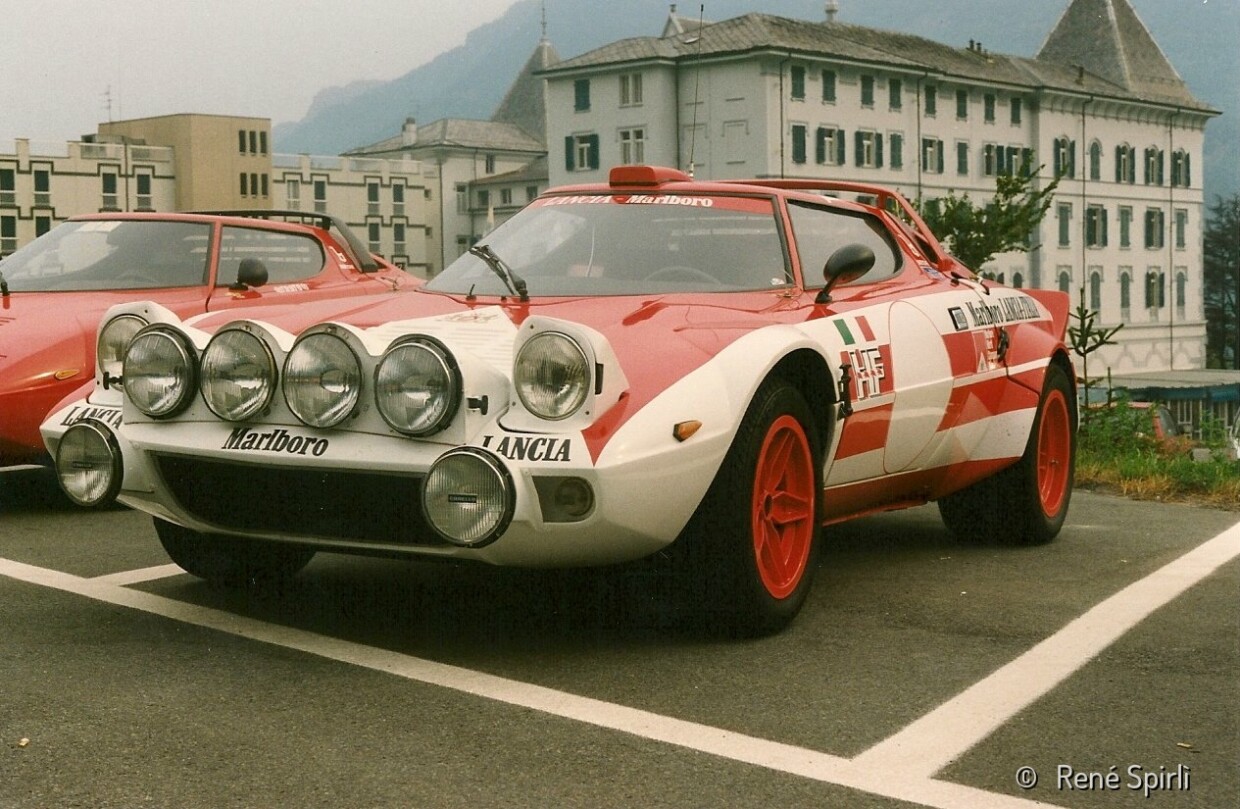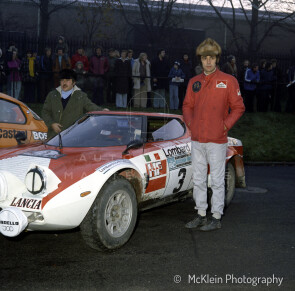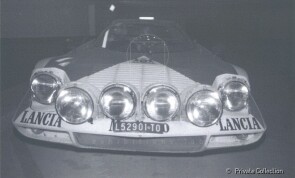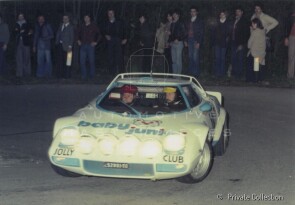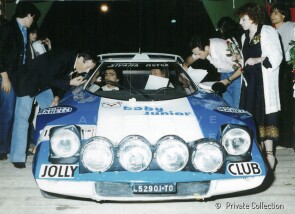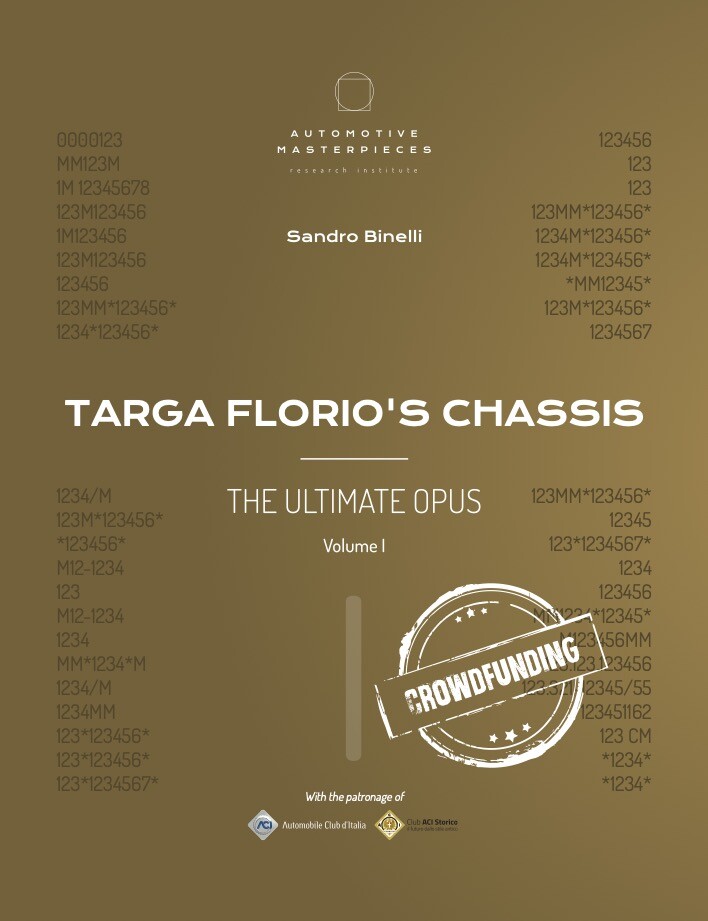
1974 Lancia Strato's HF
ON/OFF
Why am I an Automotive Masterpiece?
The Lancia Strato’s HF (Tipo 829), widely and more simply known as Lancia Stratos, is a rally car and sports car. The HF stands for High Fidelity. In the definitive version for rallying, the Lancia Strato's disclosed a remote origin from the sensational Strato’s Zero show-car exhibited by Bertone at the 1970 Salone dell’Automobile in Torino. Bertone knew that Lancia was looking for a replacement for the ageing Fulvia, for use in rally competitions, and so he created an eye-catcher to be shown to Lancia. After that, a cooperation between Lancia and Bertone was decided, to develop a new rally car designed by Marcello Gandini. Lancia presented the Strato’s HF prototype at the 1971 Salone dell’Automobile in Torino. With its space-inspired lines, Nuccio Bertone was initially going to call the car the Stratolimite before the final name was chosen. The new project was developed on a wheelbase of 2160 mm and equipped with a Ferrari-conceived 6V 2.4-litre engine, fitted transversally in front of the rear axle. The use of the Dino V6 was planned right from the beginning of the project, but Enzo Ferrari was reluctant to sign off the use of this engine in a car he saw as a competitor to his own Dino V6. After the production of the Dino car had ended the "Commendatore" agreed on delivering the engines for the Strato’s. The Strato’s weighed between 900 to 950 kilograms, depending on configuration. Power output was around 275 hp for the original 12-valve version and 320 hp for the 24-valve version. The bodywork, very low and compact, featured a small two-seater cockpit, with elegant, constant radius wraparound windshield which extended from one side to the other. The car's design was highly innovative. Manufacturer of the car was Bertone in Torino, with final assembly by Lancia at the Chivasso plant. If the fathers of the Strato’s were Nuccio Bertone, Marcello Gandini and Pierugo Gobbato, the men behind the entire rallying project were Lancia team manager Cesare Fiorio, British racer/engineer Mike Parkes, official test driver Claudio Maglioli and factory rally driver Sandro Munari. Lancia did extensive testing with the Stratos and raced the car in several racing events where Group 5 prototypes were allowed, during the 1972 and 1973 seasons. Production of the 500 cars required for homologation in Group 4 began in 1973 and the Strato’s was homologated for the 1974 World Rally Championship season. Lancia, thanks to the Strato’s, won the International Manufactures’ Championship in 1974, 1975 and 1976 and the World Rally Chanpionship in 1977. The racing version was produced in 26 units out of a total of about 500 Strato's (1972-1975). The "Works" Strato’s paint schemes were: from 1973 to 1975, Marlboro (red-white); from 1975 to 1977, Alitalia (white with Italian flag colours: green-white-red) and in 1978, Pirelli (black-red).
The Lancia Strato's “Marlboro”, with registration number plate TO L52901 and ex-works chassis no. 829AR0001512, won the 1974 World Championship Rally with the official Lancia-Marlboro team. It was the first Strato's Gran Turismo homologated in Group 4 on 1 October 1974 and which, that year, took part in the Targa Florio with the drivers Munari-Andruet (did not finish, due to engine failure), the Tour de France with Andruet-‘Biche’ (3rd overall) and the RAC in Britain with Munari-Sodano, ranking an overall 3rd place. The car was powered by a 6V (65°) engine of 2418 cc with a 12 valve cylinder head (280 bhp at 8500 rpm).
